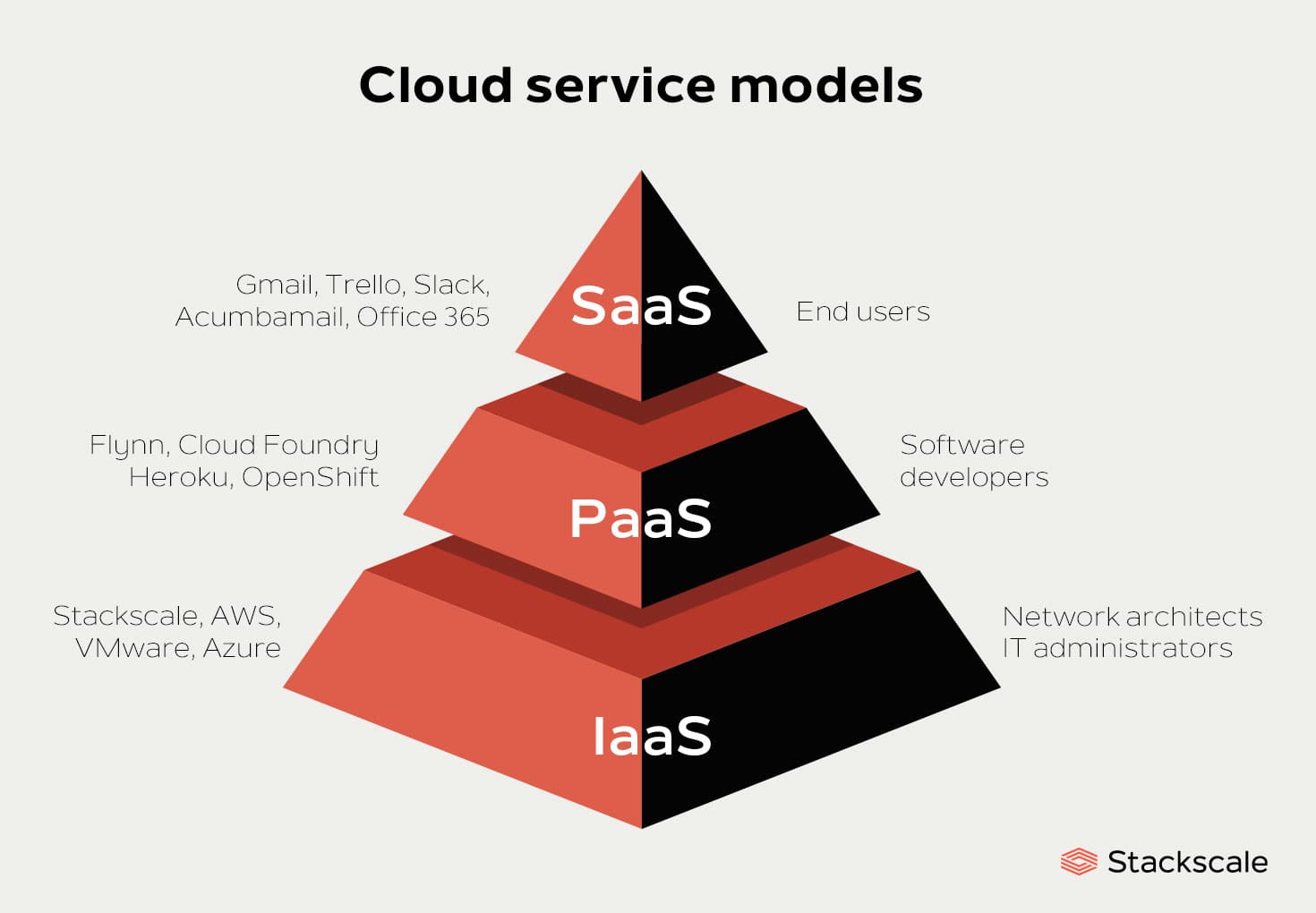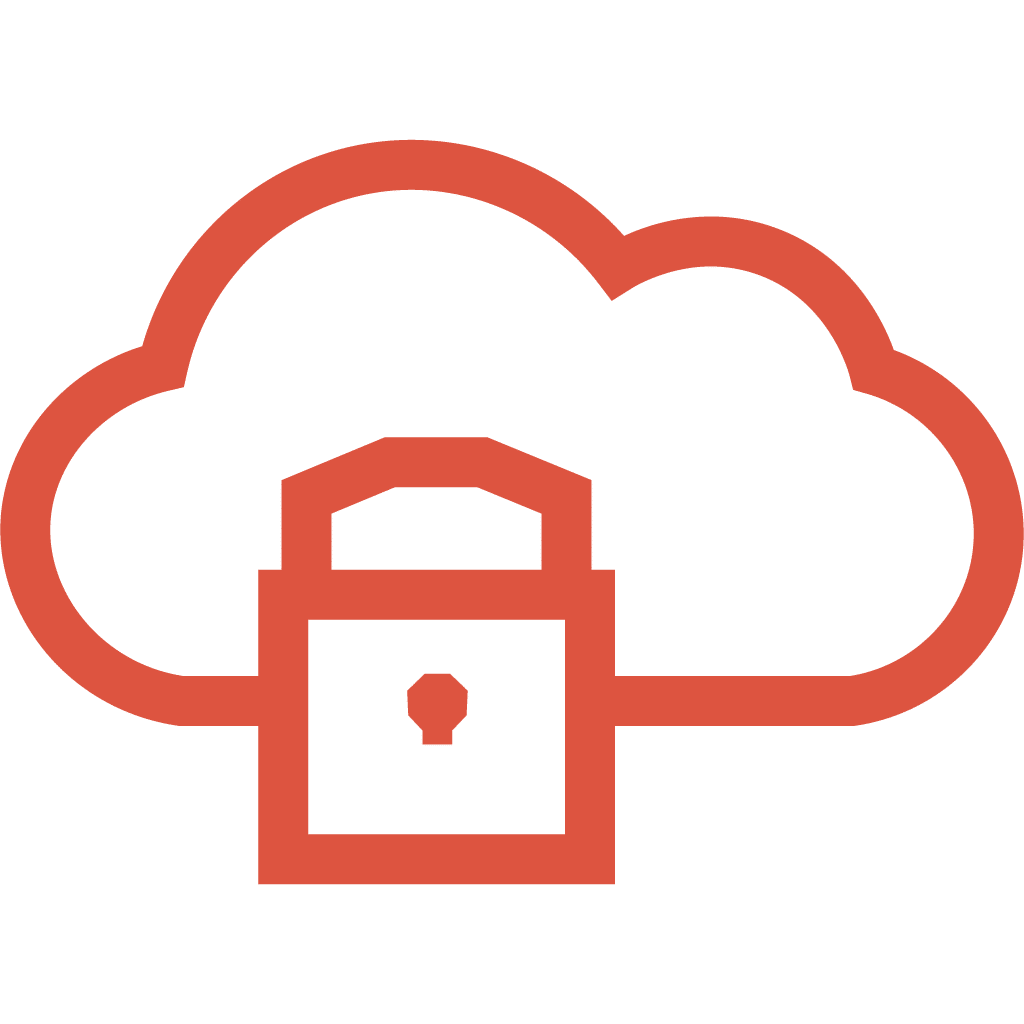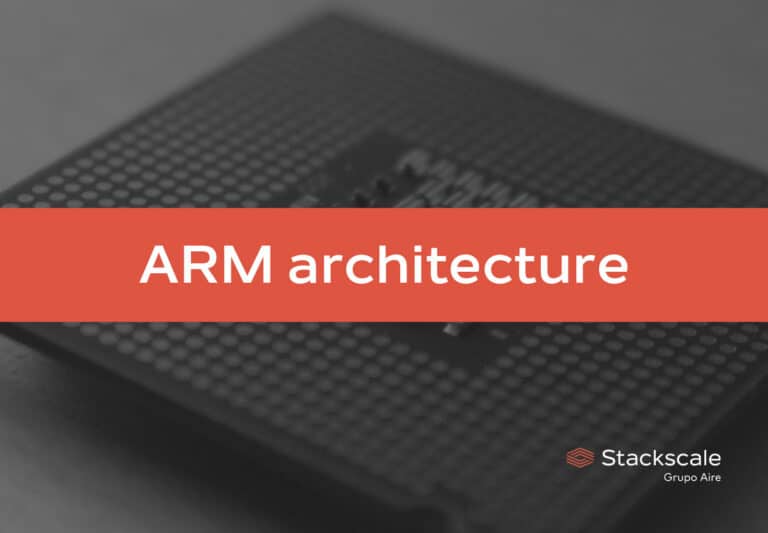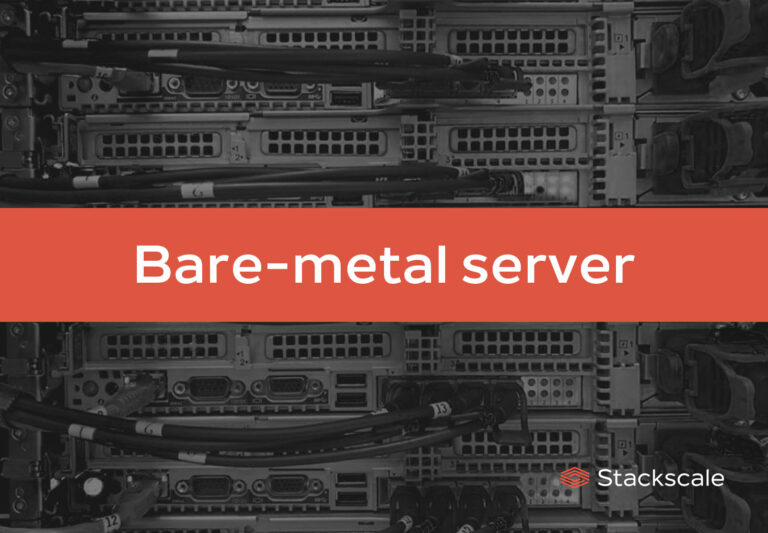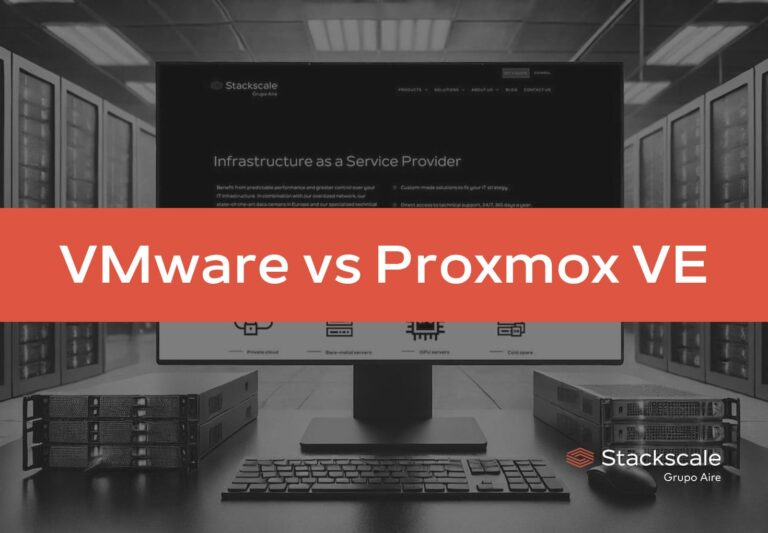The main three cloud service models are: IaaS, PaaS and SaaS. Each cloud service model covers different user and company needs, and provides a different level of control, security and scalability.
IaaS is the cloud service model that offers a higher level of control compared with an on-premises solution. PaaS makes the process of developing and deploying applications simpler and more cost-effective. SaaS makes collaboration among teams and access to software applications easier.
Cloud computing service delivery models
There is no one-size-fits-all cloud service model for every business. The right choice will depend mainly on how many “layers” companies can or want to outsource to their service provider when migrating from an on-premises to a cloud solution. Besides, companies can combine different cloud service models for different purposes.
Let’s see each cloud computing service model in depth.
IaaS (Infrastructure as a Service)
IaaS is a cloud service model that consists of provisioning and managing computing resources over the Internet; such as servers, storage, networking and virtualization.
Infrastructure as a Service provides businesses with the technology and capabilities of high-standard data centers. This way, companies delegate the cost and complexity of building and managing physical servers. Companies access their infrastructure via a dashboard or API, but they do not have to physically manage it.
This cloud service model offers a lot of flexibility to companies. They can purchase computing resources on-demand, boosting efficiency and scalability. Moreover, by outsourcing their infrastructure, companies also delegate its setup, management and maintenance. So, IaaS can be a real money and time saver.
IaaS can be used for many purposes such as deploying web applications, running a CRM, doing Big Data analysis, backups or Disaster Recovery plans. Some examples of IaaS are Stackscale, AWS and VMware. At Stackscale, we offer IaaS with virtualization in the form of Private Cloud and IaaS without virtualization through bare-metal servers.
The IaaS market is projected to surpass $481 billion by 2030 (approximately €473 billion), growing at a compound annual growth rate (CAGR) of 25.3% between 2021 and 2030.
IaaS security
Infrastructure as a Service offers a high level of redundancy and security, while allowing businesses to keep control of their infrastructure. Unlike SaaS and PaaS, IaaS offers more control to customers as they are still responsible for their applications, data, runtime, middleware and operating system.
In terms of security, IaaS is based on a shared-responsibility model.
- IaaS providers are in charge of ensuring that the infrastructure, storage and networking are completely secure.
- IaaS customers must take responsibility for aspects such as access management, encryption or network traffic protection.
Main IaaS benefits
- Control. Businesses keep control of their infrastructure.
- Cost-efficiency. Resources can be purchased on demand, without big hardware investments.
- Automation. Business can boost productivity, efficiency and security through automation.
- Scalability. Companies can easily grow and add resources according to their needs.
Main IaaS concerns
IaaS concerns vary considerably depending on the type of cloud chosen. Companies will not leverage the same benefits from a public, private or hybrid cloud. While vendor lock-in and performance issues might be a big concern in a public cloud, management and interoperability between environments is one of the top concerns in a hybrid or multi-cloud environment. In addition to that, features vary significantly among providers.
PaaS (Platform as a Service)
PaaS is a cloud service model that provides a ready-to-use development environment where developers can focus on writing and executing high-quality code in order to create customized applications.
Platform as a Service is delivered via the web, allowing developers to build scalable and highly-available applications without worrying about the OS, storage or updates. It provides a framework developers can use for developing, managing, distributing and testing software applications.
This cloud service model makes the process of application development simpler and more cost-effective. PaaS is accessible to multiple users via the same development application. It integrates web services, database engines, etc., to help developers with app development, testing and deployment.
Cloud-based platform services accelerate innovation, but PaaS customers only have control over what is built on the platform. So, if there is a problem with the platform’s OS or hardware, they have no control over the impact it has on their software’s performance. However, they have control over other aspects, such as anti-malware or access control.
Some examples of PaaS are Heroku, Apache Stratos and OpenShift.
The PaaS market is forecasted to reach $319 billion by 2030 (approximately €313 billion), growing at a CAGR of 22% between 2021 and 2030.
Main PaaS benefits
- Easy to use. Simple and cost-effective applications development, testing and deployment.
- Productivity. Developers can build scalable and highly-available customized applications easily and with less code.
- Agility. Faster innovation.
- Collaboration. It enhances collaboration among teams spread across diverse locations.
Main PaaS concerns
- Data security.
- Interoperability and vendor lock-in.
- Integrations and compatibility.
- Operational limitations.
- Runtime.
SaaS (Software as a Service)
SaaS is a cloud service model that consists of delivering cloud-based applications to users over the Internet. Software is hosted online and made available to customers on a subscription basis or for purchase.
SaaS cloud providers host applications in his network and users can access them through a browser or app, from different devices. Software as a Service is also known as “on-demand software” or “cloud application services”.
SaaS providers are responsible for developing, hosting, maintaining and updating the software. Therefore, users only need to login and start using it online, without installing or hosting any software locally. As a result, IT staff do not need to waste time downloading and installing applications on each employee’s computer. However, this also entails that end users do not have much control over it. This lack of control can be a handicap for some businesses.
Software as a Service is the most common cloud computing service. We all use some SaaS products in our daily lives. Cloud-based software is widely used by companies to build their businesses, as it is easy to deploy, use, manage and scale. Furthermore, SaaS has made collaboration among teams incredibly easier during the last decades.
Some examples of SaaS are Google Workspace, Dropbox and Salesforce.
The SaaS market is expected to reach $702 billion by 2030 (approximately €689 billion), growing at a CAGR of 18.82% between 2021 and 2030.
Main SaaS benefits
- Efficiency. It allows saving time and money by outsourcing the installation, management and upgrade of software applications.
- Time saving. IT staff are free to consecrate their time on more valuable, complex tasks.
- Regular updates. Continuous upgrades and UX improvements.
- Accessibility. Users can access the software from anywhere, using any supported device.
Main SaaS concerns
- Data security.
- Customization and feature limitations.
- Interoperability and vendor lock-in.
- Integration support.
- Performance.
Examples of IaaS, PaaS and SaaS
IaaS
- Stackscale
- Amazon Web Services
- Google Cloud
- VMware
- Microsoft Azure
- OVH
- OpenStack
PaaS
- Heroku
- Google App Engine
- OpenShift
- Apache Stratos
- Flynn
- Cloud Foundry
SaaS
- Acumbamail
- Salesforce
- Gmail
- Google Drive
- Dropbox
- Slack
- Trello
- GoToMeeting
Comparing on-premises, IaaS, PaaS and SaaS models
In the following image we have summarized which elements are managed by the customer (in black) and which are managed by the provider (in red) depending on the model they opt for — on-premises, IaaS, PaaS or SaaS.
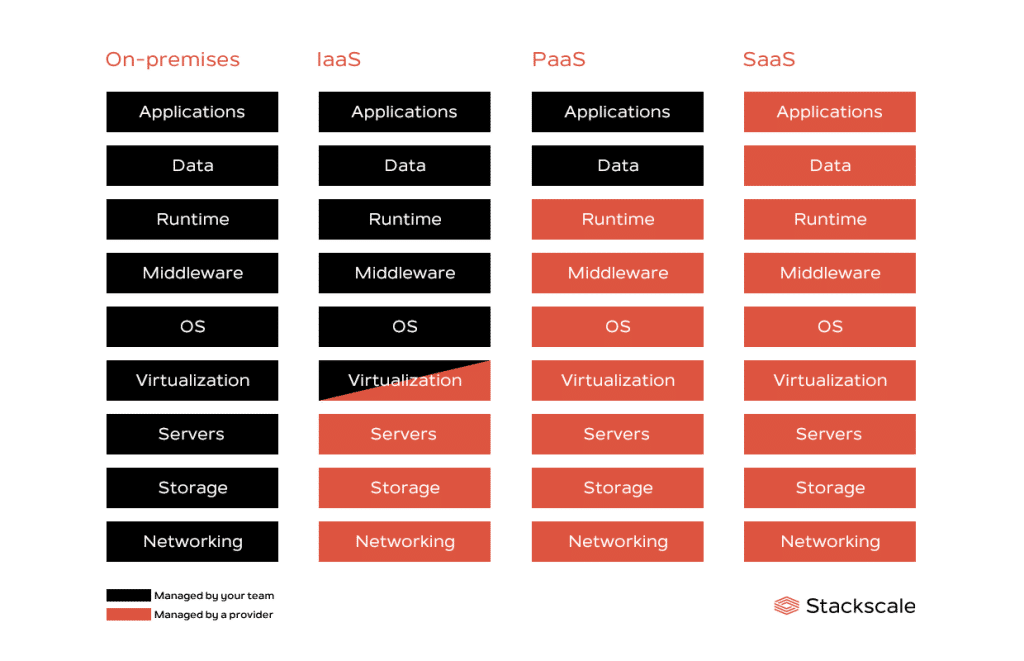
Differences between IaaS, PaaS and SaaS
| IaaS | PaaS | SaaS |
| Computing, storage and networking resources. | Development and deployment environments. | Cloud-based applications. |
| Accessed via a dashboard or API. | Accessed via the web. | Accessed through a browser or app. |
| Available on a pay-per-use or pay-as-you-go basis. | Available on a pay-per-use basis. | Available for free, on a subscription basis or for purchase. |
| Network architects and IT administrators. | Software developers. | End users. |
To sum up, the IaaS model offers the computing resources companies need to host, build and run their services. The PaaS model provides an environment for developers to build and deploy applications. The SaaS model delivers software to users and companies over the Internet.
Each cloud service model offers different features and benefits to businesses. Therefore, as we mentioned at the beginning of the article, these three cloud service models are often used simultaneously within companies. Regarding IaaS, there are different types of cloud among which companies can choose depending on their needs and goals.
Dutch version: SaaS, PaaS en IaaS: de belangrijkste servicemodellen voor de cloud.

